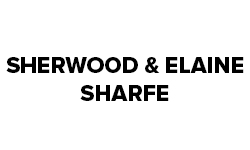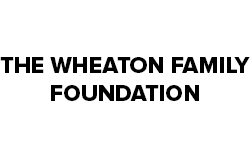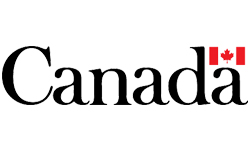GRADE 3 CITIZENSHIP STUDIES LIFELONG LEARNING CITIZENS
Part A: Curricular Connections and Background
BROAD AREA OF CITIZENSHIP
Students are asked to understand and be aware of their thinking and the ways in which they make meaning of information explored. It is through ongoing examination and reflection of the processes of critical thinking that understanding of citizenship issues and transferring understandings to new but similar situations will occur.
DESIRED RESULTS OF CITIZENSHIP STUDY
Grade 3 students will continue to examine how different points of view cause people to think differently about the same subject and come to different conclusions about how to act. They will begin to develop a process for examining worldviews to better identify the impact of past influences on current decisions. Students will develop a variety of processes for solving problems. Awareness of their thinking and the way students examine challenges is critical to understanding citizenship issues. Citizenship issues do not remain in the school but exist in real-life situations outside of the classroom. Lifelong learning is dependent on transferring the learning to the student’s world.
Students will:
- Understand the ripple effect of decision-making
- Use historical events to guide current and future decision-making
ENDURING UNDERSTANDINGS OF CITIZENSHIP STUDY
- Enduring understandings are the big ideas that stimulate thinking, guide the inquiry and are linked to outcomes.
- Essential questions point to the “big ideas’ in the inquiry and should be considered and reconsidered as the inquiry progresses.
- Answers to these questions form the evidence of learning at the end of study.
Students will use information to understand that:
- Decision-making is a complex process with far-reaching impacts and is influenced by history.
- A person’s worldview frames their understanding of the world.
- Citizens value the need of the collective common good and consider how their actions impact the collective well-being.
- Governments and the people who elect them are responsible to one another.
- Empathy and respect for diversity in cultural and social groups help strengthen one’s community and requires appreciation of different perspectives.
- Individuals have the power to affect others and make a difference.
- Canada has a long relationship with First Nations Peoples through treaty relationships.
- Societies create rules, written and unwritten, to promote order that lead to inclusion or exclusion and are enforced by social behaviours and expectations.
- Belonging requires participation and is a fundamental right of all citizens.
- Active citizens become engaged in discussions, negotiations, debates and consider action regarding Canadian issues.
KNOWLEDGE AND SKILL DEVELOPMENT
- The significance of historical events and use this knowledge to guide current and future decision making
- How to examine a worldview
- How to use a model to solve problems
ESSENTIAL QUESTIONS
- What influences your decisions?
- How far reaching are the impacts of decisions? (ie. Community, province, nation, world, universe)
- Can all problems be solved the same way? What steps (model) do you use in order to solve a problem?
- Do all problems have a solution?
- How does history influence current decisions?
CURRICULUM OUTCOMES AND INDICATORS
PA3.1
Compare how decisions are made in the local community and communities studied.
Indicators:
- Identify formal and informal types of leadership.
- Construct an inventory of examples of positive leadership in school groups and communities.
- Give examples of ways in which groups and communities make decisions.
- Investigate decision-making processes in communities studied.
- Identify examples of decision-making structures where leadership is:
- Inherited
- Elected
- Communal
RW3.1
Appraise the ways communities meet their members’ needs and wants.
Indicators:
- Speculate upon various challenges faced by communities in meeting needs and wants, with evidence gathered from examining pictures, viewing media, and interpreting stories using a variety of fiction and non-fiction texts.
- Identify how individuals and communities meet needs and wants.
- Describe ways in which communities help ensure basic human needs are met (e.g., food and water, shelter, clothing, education, safety).
- Describe how and why communities exchange goods with other communities.
- Demonstrate awareness that there are global organizations that support communities (e.g., United Nations, UNICEF, Doctors Without Borders).
- Describe the impact of environmental factors and events on ways of life in communities studied (e.g., climate, vegetation, natural resources, landforms, floods, droughts, storms).
Overarching Outcome
DR3.1
Use various model representations of the Earth.
Indicators:
- Demonstrate understanding that the surface of the Earth can be represented through maps, aerial photographs, and satellite images.
- Identify geographic concepts including continents, countries, borders, hemispheres, and the equator.
- Locate and identify the continents and oceans on a map or globe.
- Locate and identify countries or regions studied on a map or globe.
DR 3.2
Assess the degree to which the geography and related environmental and climatic factors influence ways of living on and with the land.
Indicators:
- Identify the influences that geography has on societies (e.g., location of settlements, transportation of goods and people, types of industry such as farming, ranching, forestry, mining, tourism, and manufacturing).
- Recognized how environmental and climatic factors are influenced by location (e.g., proximity to water bodies influences precipitation and temperature; mountainous terrain influences soil formation, precipitation, and temperature).
© 2024 Concentus Citizenship Education Foundation Inc. All Rights Reserved.









